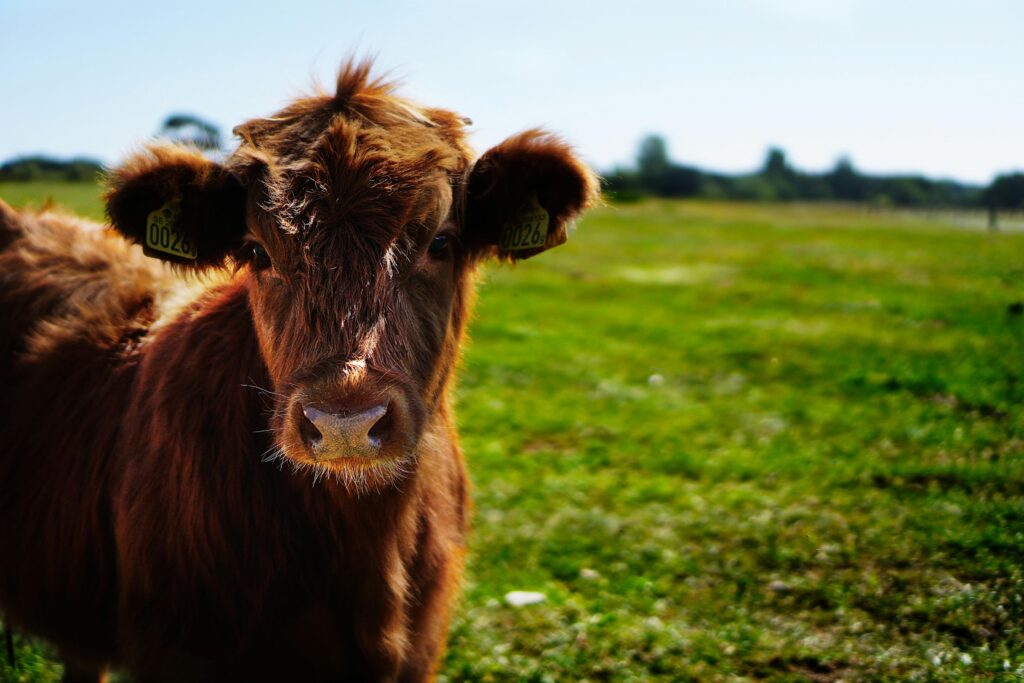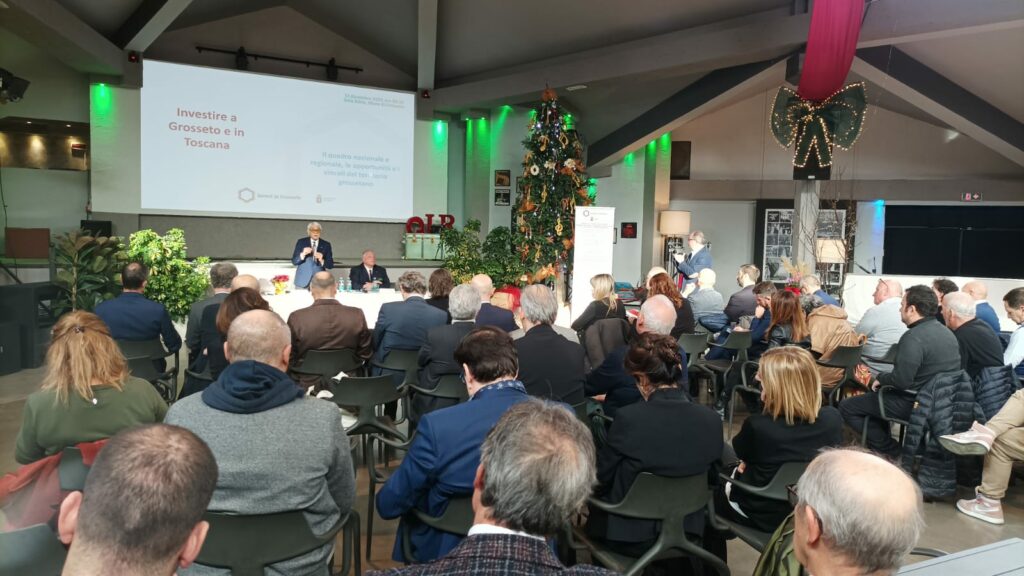The European Commission has launched the “Agri-food and Retail SMEs – Renewable Energy Communities” call under the Single Market Programme (SMP COSME). This initiative aims to support the establishment of Renewable Energy Communities (RECs) involving SMEs in the agri-food and retail sectors, reducing their exposure to energy costs.
Energy communities are central to the EU’s energy transition. By 2050, it is estimated that half of Europe’s citizens could produce up to 50% of the EU’s renewable energy. Since 2019, the EU’s Clean Energy Package has provided tools for local communities to actively participate in this transition through the concept of energy communities, as defined in the Renewable Energy Directive (2018/2001).
RECs are open and voluntary associations where citizens, local authorities, and smaller businesses collaborate to generate environmental, economic, and social benefits for their communities rather than pursuing financial profits. These communities can take various legal forms, such as associations, cooperatives, or small enterprises, making it easier for participants to jointly invest in renewable energy projects.
Funded projects will deploy renewable energy technologies such as biogas, biomethane, green hydrogen, solar PV, and wind turbines. Additionally, RECs can engage in activities like energy efficiency, mobility, energy sharing, self-consumption, and district heating and cooling, contributing to a more decarbonized and flexible energy system.
With a total budget of €2.9 million, the call will fund approximately three projects, each expected to last 24 months. The deadline for proposal submission is February 20, 2025.








